From White Pollution to Resource Recovery: Precision Shredding Unlocks the Potential of Chemical Recycling
Plastic is everywhere in modern life—from morning coffee cups to evening shopping bags—offering convenience at a steep environmental cost. As "white pollution" piles up, chemical recycling emerges as a game-changer, breaking down waste plastics into reusable monomers, small molecules, or fuels.
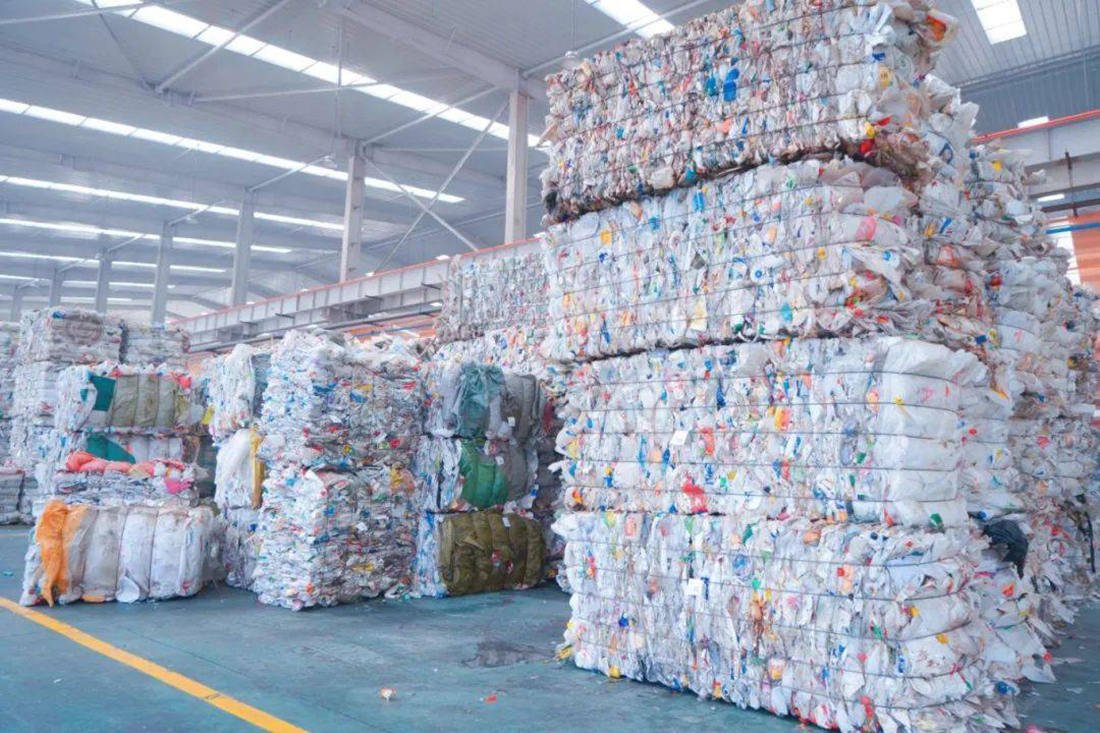
The Plastic Challenge: A Global Call to Action
Plastic is everywhere in modern life—from morning coffee cups to evening shopping bags—offering convenience at a steep environmental cost.
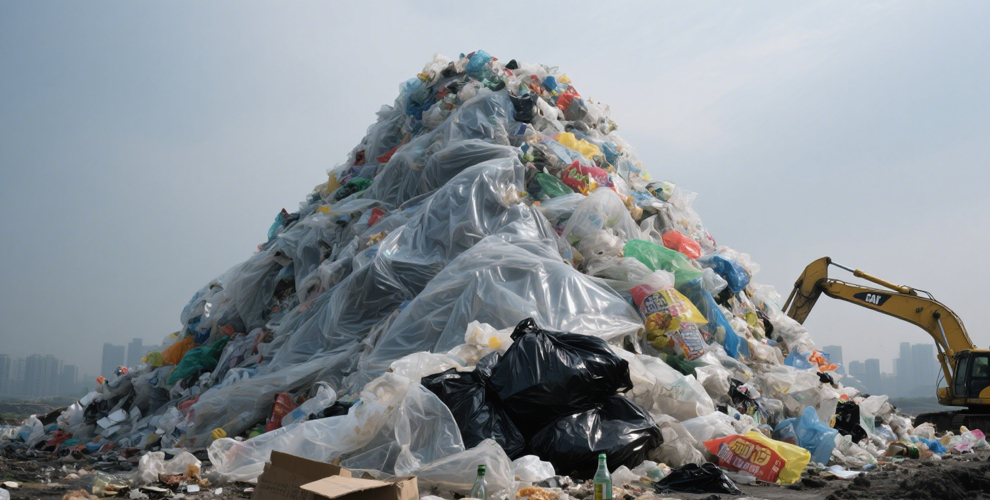
As "white pollution" piles up, chemical recycling emerges as a game-changer, breaking down waste plastics into reusable monomers, small molecules, or fuels.
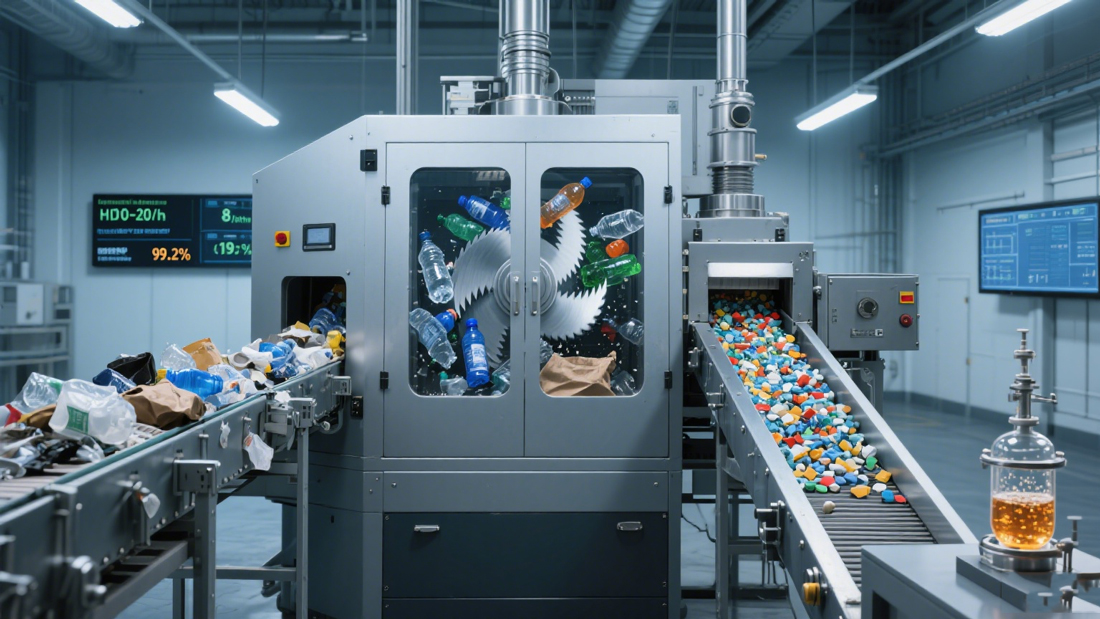
Unlike mechanical recycling, which struggles with mixed or contaminated plastics, chemical methods like pyrolysis (thermal, catalytic, supercritical water, or microwave) and depolymerization (hydrolysis, glycolysis, enzymatic, ammonolysis) can handle complex streams, boosting recovery rates and reducing reliance on virgin materials.
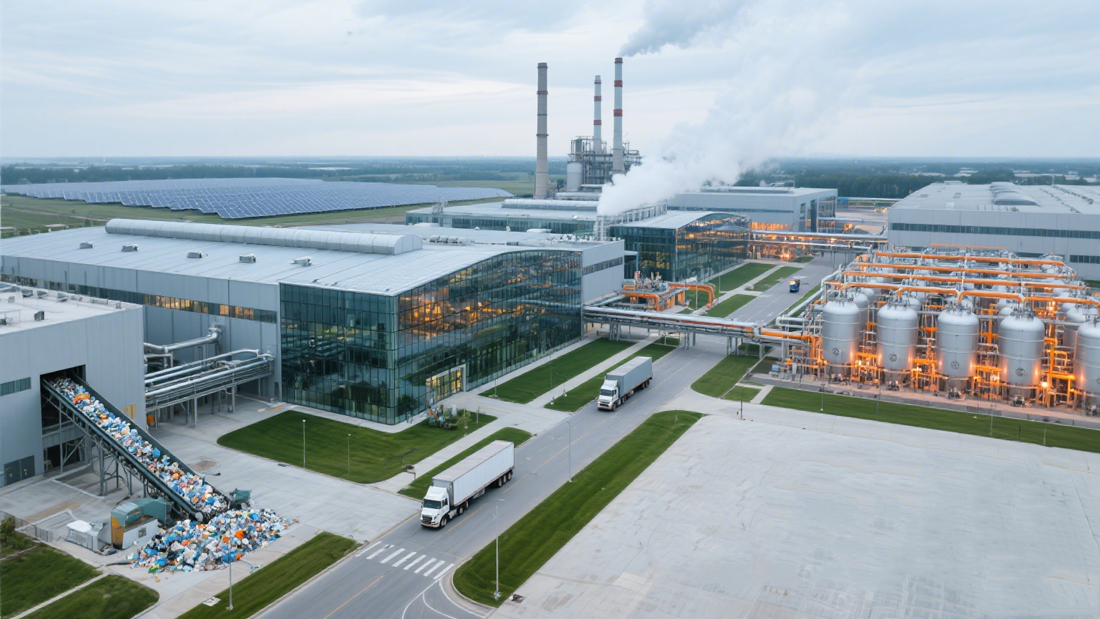
Global Momentum: Chemical Recycling Takes Center Stage
Global giants are betting big on this technology. BASF, SABIC, Eastman, ExxonMobil, Dow, Honeywell, Covestro, Trinseo, LyondellBasell, Ineos, Neste, Mitsubishi Chemical, SK Chemicals, Sinopec, and Aerospace Petrochemical are rolling out new projects and plants worldwide.
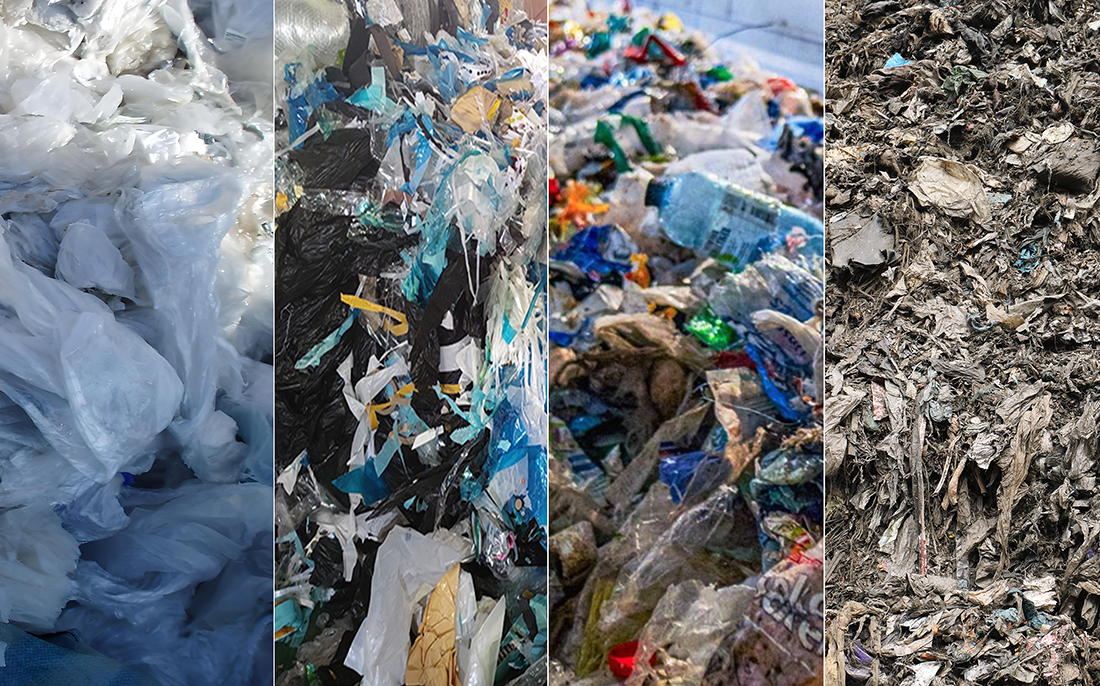
According to Lux Research, a leading innovation consultancy, 2024-2025 marks a pivotal turning point for chemical recycling, with pyrolysis capacity alone reaching 1 million tons per year globally—a sign of commercial maturity.
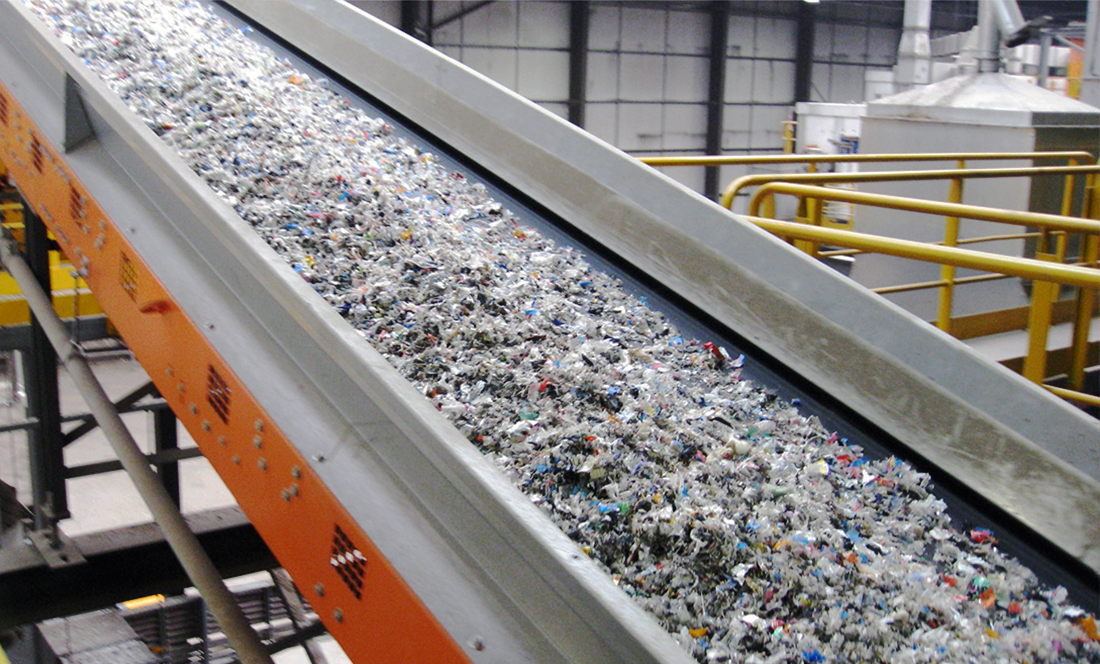
Over the next three years, capacity is expected to triple, primarily in the EU and Asia-Pacific regions, driven by stringent regulations and carbon reduction goals.
Precision Shredding: The Foundation of Chemical Recycling At the heart of successful chemical recycling lies precision shredding—the critical frontend step that prepares waste for efficient downstream processing.
Plastics vary in hardness and toughness, often mixed with metals, sand, or other contaminants.
Poor shredding can lead to uneven particle sizes: too large, and cleaning efficiency drops; too small, and material loss spikes during washing, increasing emissions. For hard lumps, inconsistent sizing can clog granulators in recycling lines.
Harden' s Cutting-Edge Solution: Single-Shaft Shredders
Harden Machinery's single-shaft shredders address these challenges head-on.
With patented features like intelligent arc pusher systems, gap shearing, dense knife arrangements, and quick-adjust clearance mechanisms, they deliver uniform particles from 30-100 mm.
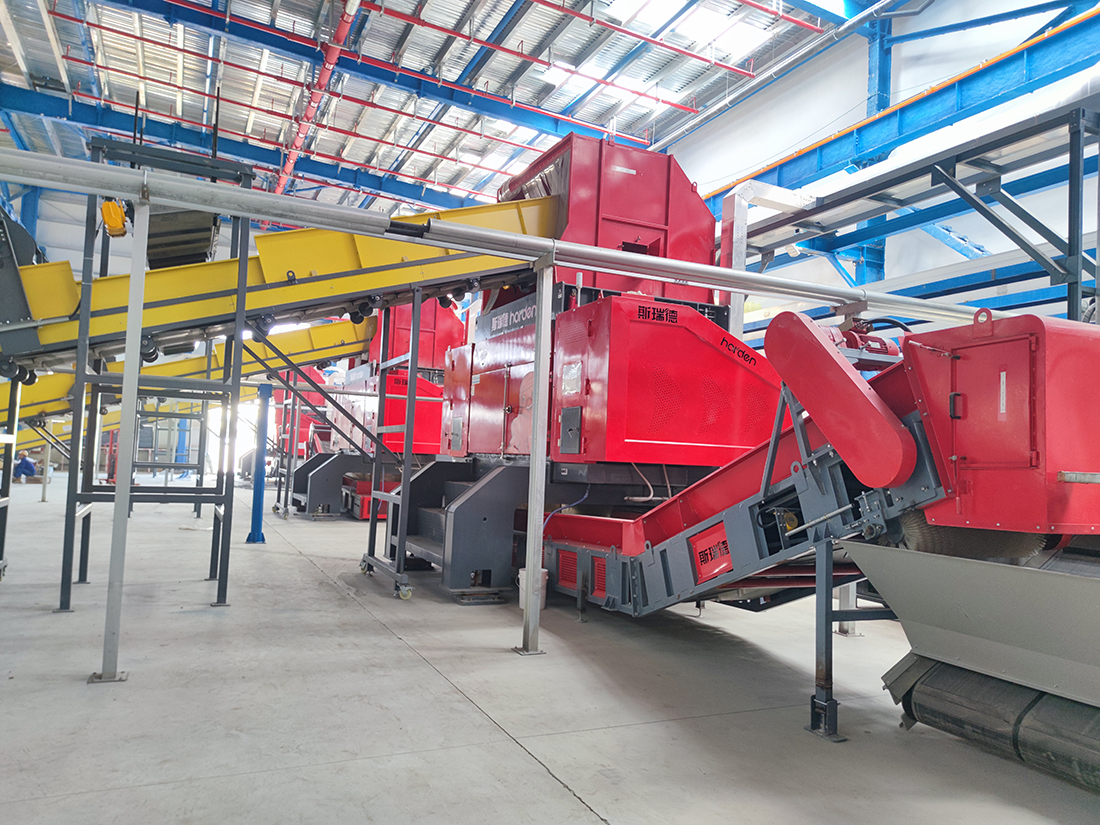
Capacities reach 7-20 tons per hour, customizable for ≤30 mm, ≤50 mm, ≤70 mm, or ≤100 mm outputs. This precision not only minimizes over-shredding but also enhances contaminant removal, ensuring high-purity feedstocks for chemical reactors.
Synergy for Sustainability: Economic and Environmental Wins
The synergy between chemical recycling and precision shredding is transformative.
By enabling closed-loop plastic recovery, it cuts raw material demands, lowers energy use, and slashes carbon footprints—critical in an era where the EU aims for 25% recycled content in plastics by 2025.
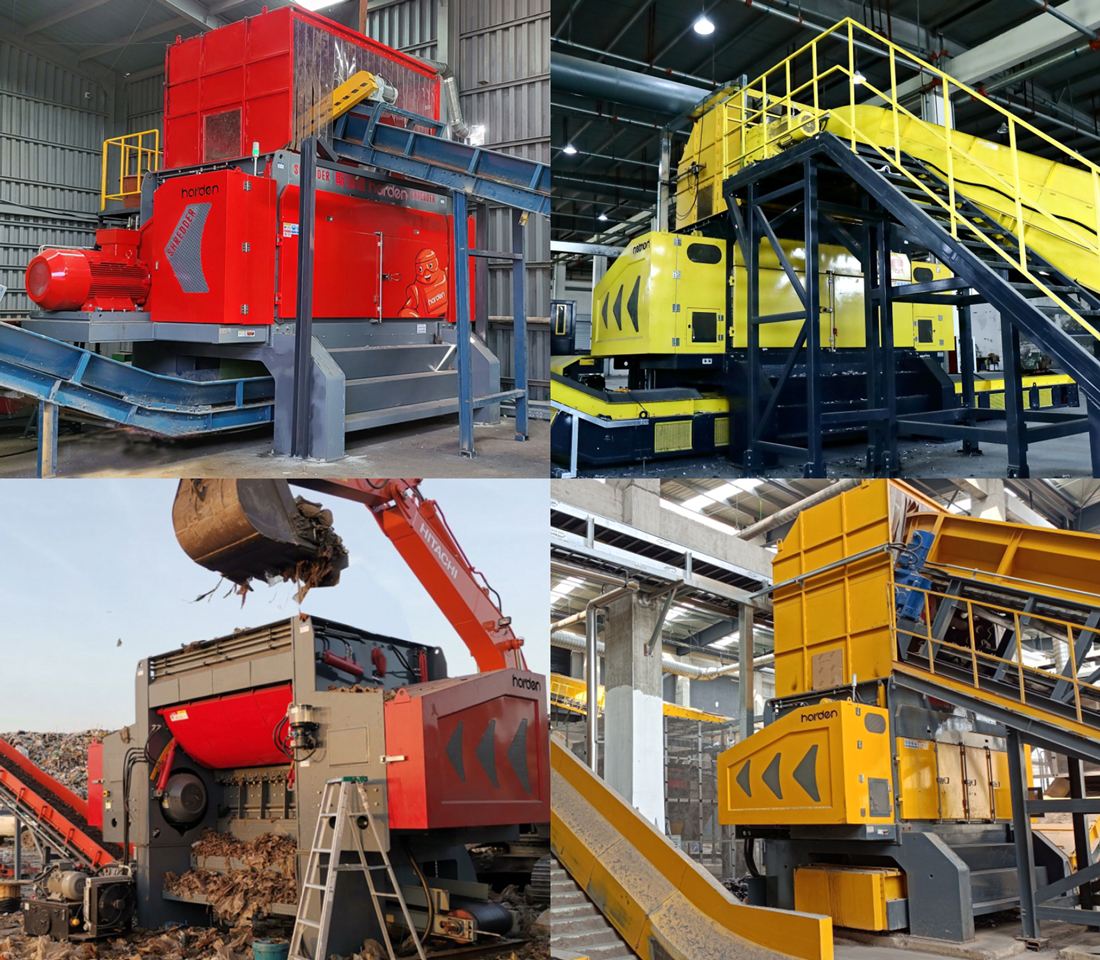
Economically, enterprises gain from high-purity regenerated plastics for automotive, electronics, and packaging sectors, boosting competitiveness. Environmentally, it reduces landfill burdens and marine pollution, preserving ecosystems.
Harden' s Legacy: Leading the Charge
With over 1,500 successful projects, Harden Machinery stands as a trusted partner in waste-to-resource innovation.
Our shredders, backed by modular designs and low TCO (total cost of ownership), make chemical recycling viable and profitable.
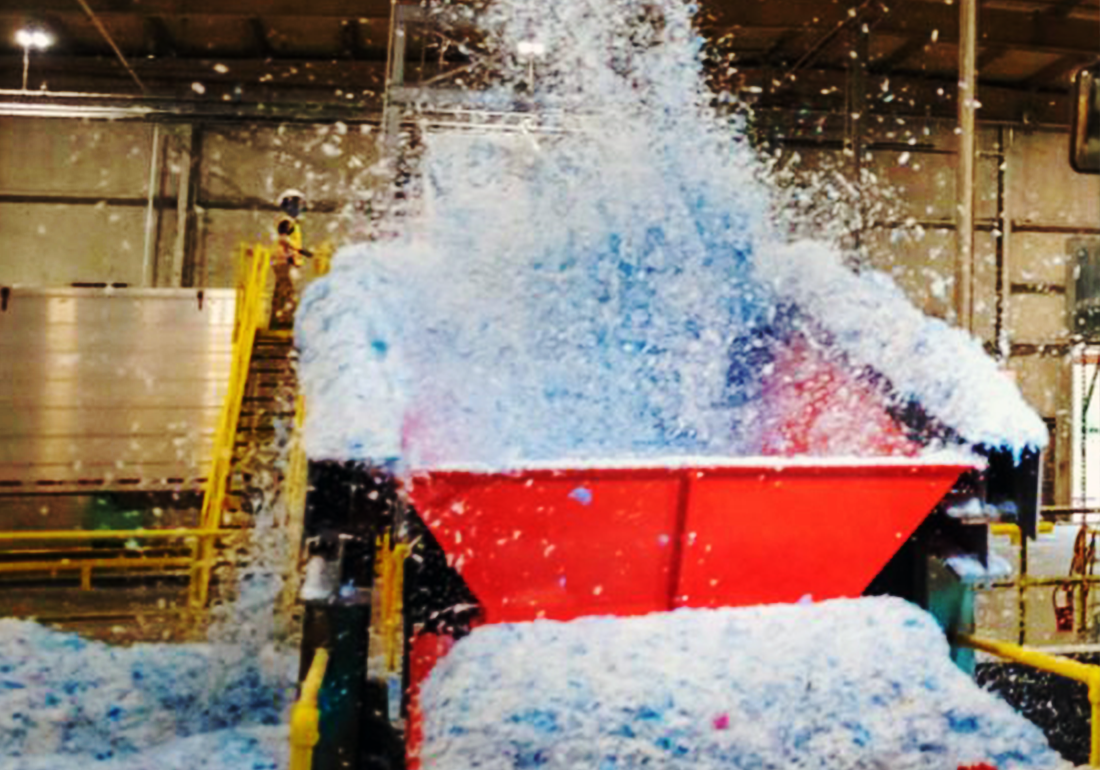
As the industry accelerates, precision shredding isn’t just a tool—it’s the key to unlocking a sustainable future. Ready to redefine your waste management? Contact Harden today for customized solutions.

